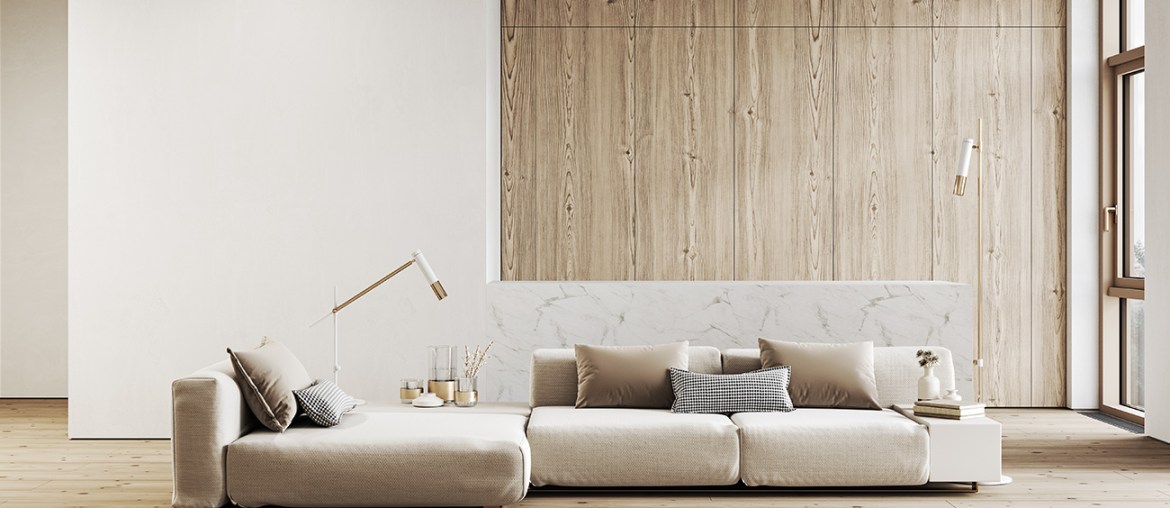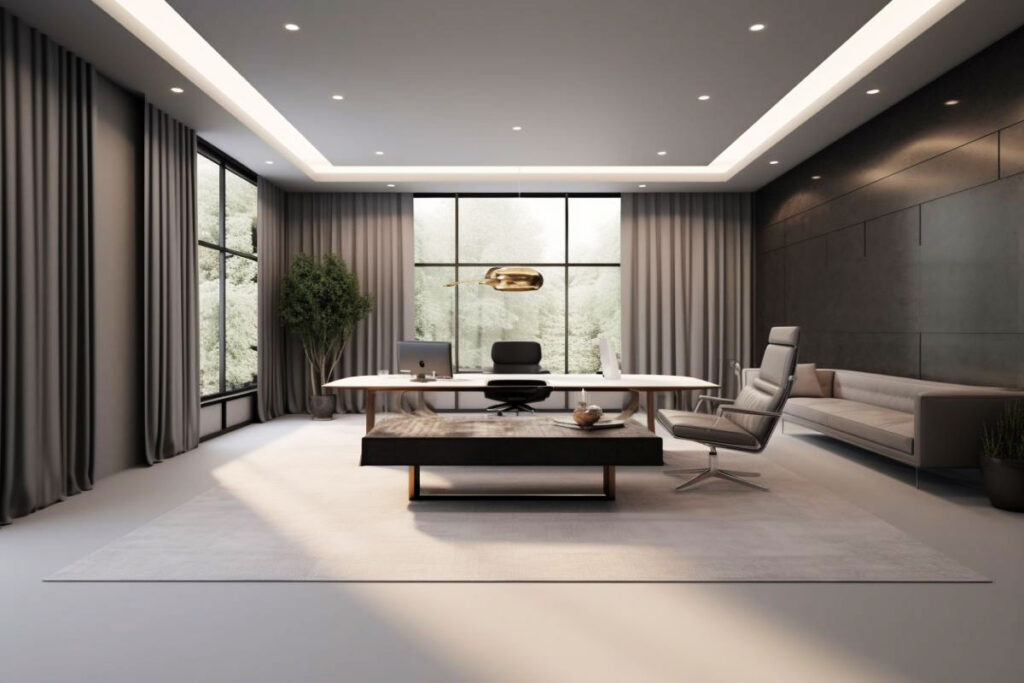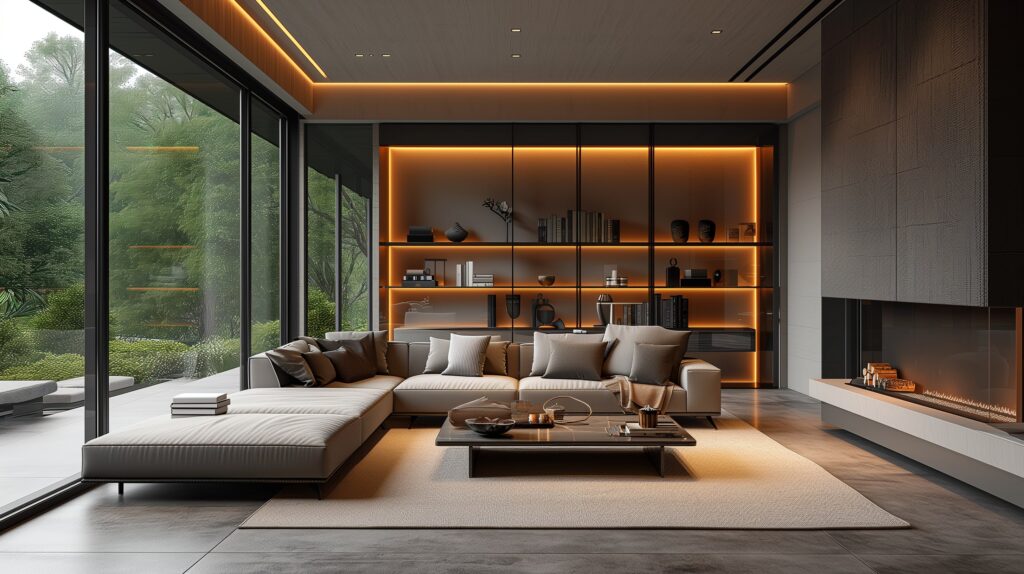Embracing Negative Space: A Key to Elegant Interior Design
Negative space in interior design – the technique professionals use to create perfect schemes
When it comes to interior design, the first thing that often comes to mind is filling every inch of a room with furniture, decor, and accessories. But what if we told you that less is more? Negative space—those intentionally empty areas in a room—plays a crucial role in elevating the overall design. It’s not about making your home feel barren, but rather creating a balance where every element has room to breathe.

The Importance of Negative Space for Clean and Elegant Interiors
Negative space is the unsung hero of interior design. When strategically used, it transforms a cluttered room into a calm and inviting space. The concept is simple: less visual clutter creates a sense of openness and tranquility, allowing key pieces in the room, whether it’s furniture or art, to stand out. This principle of simplicity and balance is fundamental for creating a refined and sophisticated interior.
How to Use Negative Space to Your Advantage
The trick to using negative space effectively lies in restraint. Start by avoiding the temptation to overcrowd surfaces like shelves or tables with decor. Instead, choose fewer pieces but with more intention. Select items that serve as focal points, such as a bold painting or a unique piece of furniture, and leave space around them to highlight their impact.

Creating a Balanced Look with Minimalist Arrangements
The minimalist approach is one of the most effective ways to incorporate negative space. Arrange your furniture and decor with an eye for balance, ensuring there’s ample space between each item. This approach not only makes the room feel larger but also brings a sense of harmony that’s visually pleasing.

Maintaining Clear Walkways for Fluid Movement
A well-designed room should be functional as well as beautiful. Negative space contributes to this by keeping walkways and traffic areas clear. When spaces are cluttered with furniture or excessive decor, it disrupts the flow of the room and makes it harder to navigate. Keep pathways open and easy to move through, ensuring your space remains practical and comfortable.
